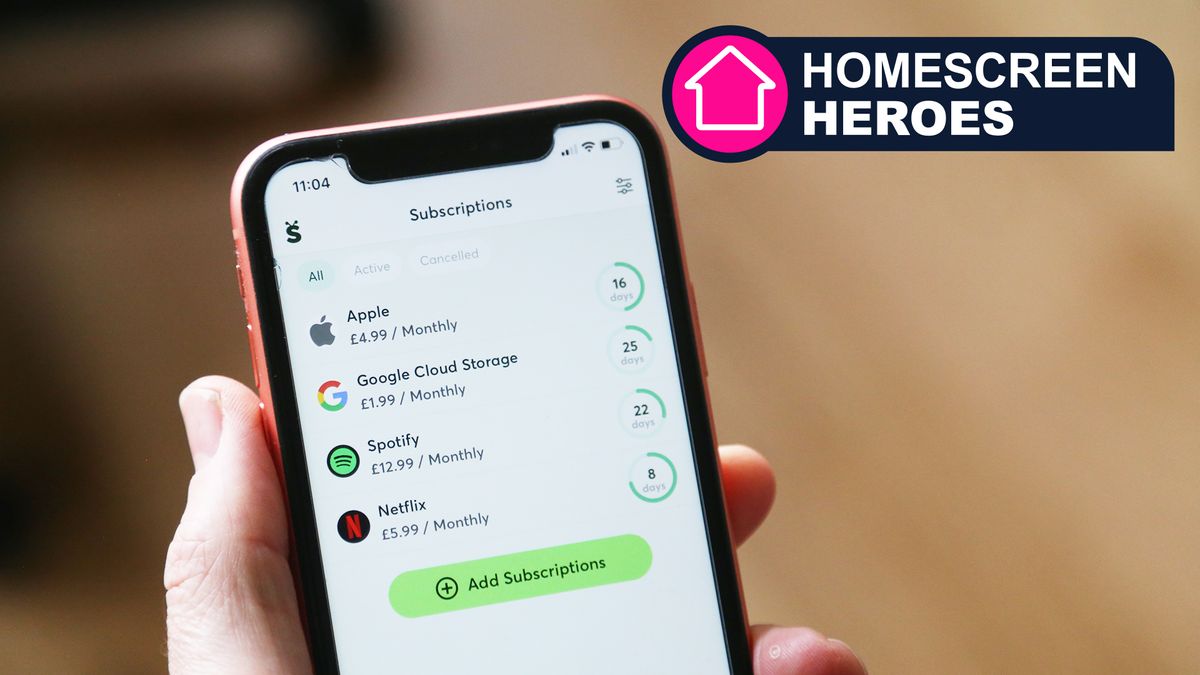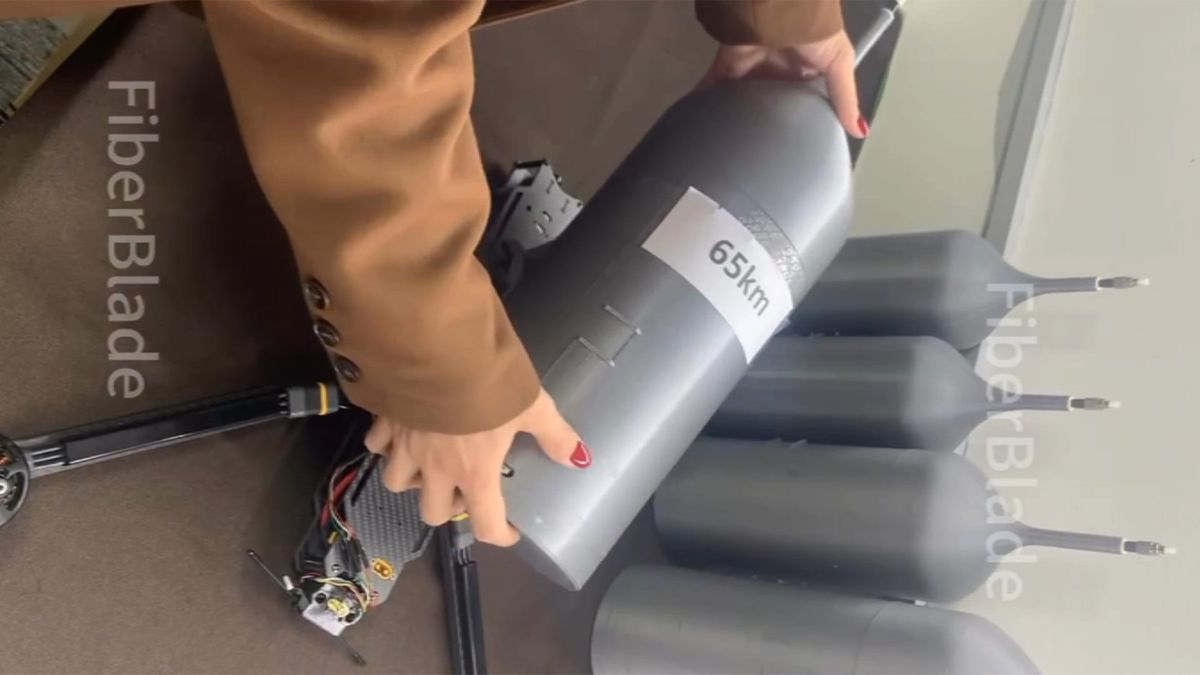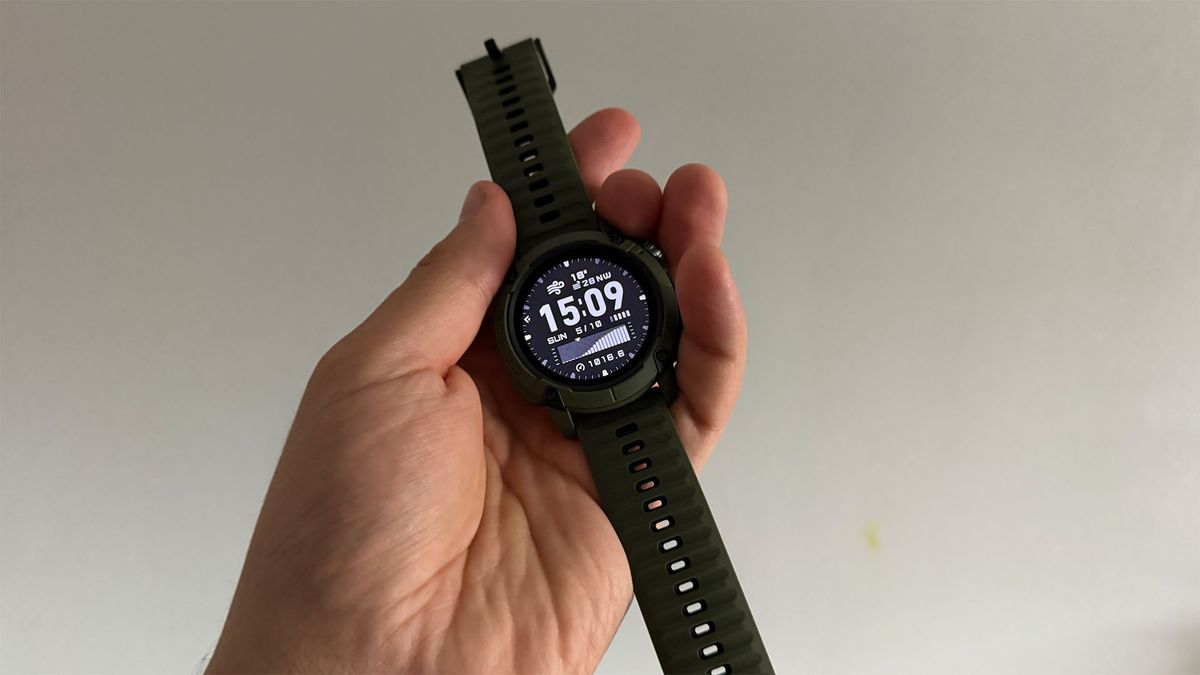I find cameras bolted onto my home supremely useful, although maybe not for the reasons I’m expected to. Yes, I care whether a camera reliably detects that someone is on my porch, but it’s not about break-ins—I mostly want to know when my packages have been delivered. Otherwise, I want a security camera to reliably record, be easy to use, last a long time on a charge, and not need a cloud subscription to work. So far, after more than a week with the Reolink Altas, the battery-powered Wi-Fi camera fits that bill.
In the world of smart home cameras, Reolink tends to get overlooked for more consumer-targeted options. A lot of its cameras have all the charm of a pawn shop CCTV surveiller. But the $149.99 Altas, a slightly less fancy version of the pan-and-tilt Altas PT Ultra, has a friendlier, less utilitarian look. Best of all, it doesn’t need the internet to be good.
Reolink Altas
The Reolink Altas security camera has the trappings of a big brand, and no cloud subscription is required.
Pros
- High-quality video
- Fast, stable Wi-Fi
- Easy setup with multiple installation options
- Local storage
- Works without an internet connection
- Includes a solar panel
Cons
- Very conspicuous
- Local video streaming requires extra hardware
- No Apple Home integration
- microSD card sold separately
Setting up the Altas feels familiar if you’ve ever tried something like a battery-powered Ring camera. You mount it using a three-piece base—a mounting plate, then a piece you screw onto that after threading a ball joint through it. Screw the camera onto the ball joint, and you’re done. Reolink also includes a strap for mounting around things without drilling holes, but attaching the Altas this way doesn’t feel very snug or secure. The company says the Altas has an IP66 rating, which means it’s dustproof and protected against jets of water; my local weather tested that for me with some heavy rain. (It survived!)
Where the Altas physically differs from other cameras I’ve tried is size and battery: this is a big boy, about twice the size of the other cameras I compared it with. That makes it stick out like a sore thumb, which is either a good thing or a bad thing, depending on what you want out of the thing. On the plus side, it’s handsome, in a Star Wars droid sort of way.
Lots of Battery, Good Wi-Fi, Crisp Video
 © Wes Davis / Gizmodo
© Wes Davis / GizmodoAt least some of the Altas’ size you can chalk up to the beefy, non-replaceable 20,000mAh battery inside, which Reolink claims is good for 540 days on a full charge, or up to 8 days of continuously recording at three frames per second. I didn’t have a year and a half to test Reolink’s big 540-day claim, but with some effort, I managed to totally drain the Altas from the 36 percent charge it arrived with in about a week. While it didn’t budge from there for the first couple of days, it lost 10 percent of its charge during a daylong gathering in my backyard. After that, I connected the 6V solar panel that comes with the Altas; about 30 minutes of sun was enough to keep it around 25 percent battery for the next two days.
Out for blood, I turned on continuous recording at 5 fps, which did the trick of fully draining the battery from 25 percent to zero within two more days, even with solar power. I can’t say if the camera will last 540 days on a charge after all of that, but I do think it would likely go many months with the right settings, and perhaps much longer with the solar panel and plenty of sun. The camera comes with a USB-C to USB-A cable for charging, but no power adapter, so you’ll need to provide your own.
 Reolink Panel and Altas. © Wes Davis / Gizmodo
Reolink Panel and Altas. © Wes Davis / GizmodoConnectivity is a particularly bright spot for the Altas. Its dual-band Wi-Fi radio—unusual for battery-powered Wi-Fi cameras—lets it talk to a router’s 5GHz radio instead of its 2.4GHz one, which is often a congested hellscape in a dense urban area like mine. The latter can contribute to problems like the camera’s live feed refusing to load in its app, which never happened for me with the Altas.
One drawback is the camera’s 110-degree FOV, which is pretty narrow compared to the 160-degree FOV of my Arlo Pro 4. Otherwise, the Altas’ 2K-resolution footage comes across well—it’s detailed enough to make out the grated pattern of a metal outdoor table sitting about 20 feet away from the camera in my yard and doesn’t blow out brightly lit areas or crush too much detail in shaded ones.
 © Wes Davis / Gizmodo
© Wes Davis / GizmodoYou can choose a much lower-res, muddier 896 x 512-resolution option for space saving and faster loading, although I didn’t notice a difference in the latter on my home network. Which resolution you should choose depends on how much video you want to hoard and how fast the connection is in your situation.
The Altas includes a passive infrared, or PIR sensor to detect motion, which doesn’t beam infrared out for improved night vision like other cameras. Still, it handled the shadowy parts of my yard well at night, preserving a surprising amount of detail in areas, like that in the heavily cropped screenshot below, where I’d normally need a flashlight to see.
 © Wes Davis / Gizmodo
© Wes Davis / GizmodoCompared to the Arlo Pro 4 and EufyCam 2C that I mounted on either side of the Altas during testing, Reolink’s camera did about as well as either at detecting motion and shipping notifications to my phone. It was faster than both in most of my testing, but not especially so. The camera can detect people, vehicles, animals, and generic motion—all on-device—but not packages.
Gobs of Settings to Tweak
The Altas app is simple and familiar if you’ve ever used a Wi-Fi security camera like this. Its home screen lists any Reolink cameras you’ve set up, and tapping on one loads its feed, along with controls for things like starting a manual recording, triggering its alarm, or viewing past recordings.
The Altas only records video locally, to a microSD card or Reolink Home Hub, with the option to encrypt video if you’d like. Neither of those things is included, which is a little annoying since there’s no cloud storage option for this camera. You can get by without that by connecting the camera to a local FTP server such as an always-on desktop computer or NAS—I set it up to drop footage onto my two-bay Synology—but without microSD, you can’t see recordings with Reolink’s app. Also, it’s worth noting that if you do use a microSD card with encryption on, you’ll need to use the Reolink app on a PC to decrypt the files before you can view them.
 © Screenshots by Wes Davis / Gizmodo
© Screenshots by Wes Davis / GizmodoAs for other settings, boy does Reolink let you go granular. There are gobs of options for things like adjusting resolution, flipping the display if you mount the camera upside-down, and tweaking its refresh rate to deal with any nearby flickering of LED lights. You can also black out regions of the video or paint in where you want it to detect motion, and it lets you set schedules for all kinds of things. Want it to continuously record but only on Fridays after 10 p.m.? That’s a thing you can set.
Reolink includes an always-rolling video cache feature it calls pre-recording. This is aimed at that irritating phenomenon where detection-based security cameras often start recording way after someone has popped into view—which isn’t so helpful when it means only catching the back of someone sauntering away with your package. With pre-recording on, the Altas can prepend up to 10 seconds of those missing moments to the recording, albeit at a very, very low frame rate, configurable to between 1 fps and 5 fps. Every camera should have this.
The No-Subscription Life Rules, but Has Its Trade-Offs
 © Wes Davis / Gizmodo
© Wes Davis / GizmodoIt’s convenient to be able to look at your Wi-Fi camera footage from anywhere. But far too often, tech companies, including security camera makers, turn out to be piss-poor stewards of our data, whether through creepy police partnerships or insecure video streams. (Even Reolink has had its share of privacy and security issues.)
So the more I can keep things local the better, and the Altas does this well. Not only does the Altas offer local-only storage, but it doesn’t need an internet connection for you to connect and see recordings or even to be on your Wi-Fi network to do the basic job of saving video to a microSD card. Those come with caveats like losing push notifications or being unable to easily view the camera’s feed or recordings when you’re away from home, but it’s nice to have options. That said, you can add Real-Time Streaming Protocol (RTSP) support, which lets you view its live feed with third-party software like Synology’s Surveillance Station, if you buy a $99 Reolink Home Hub, though it feels like you shouldn’t have to.
The trade-offs of the $149.99 Altas are few, but they exist. No out-of-the-box RTSP support is a bummer, but not a deal-breaker for me, and its size makes it more of an eyesore than a lot of comparable options. I’m also giving some real side-eye to its non-removable battery—Reolink has made these replaceable before and I don’t see why it didn’t this time.
Still, I’ll take the drawbacks if it means having a good security camera that doesn’t withhold features unless I pay a monthly fee that—experience has taught me—could double or triple in price in time. That included solar panel doesn’t hurt, either.








 English (US) ·
English (US) ·